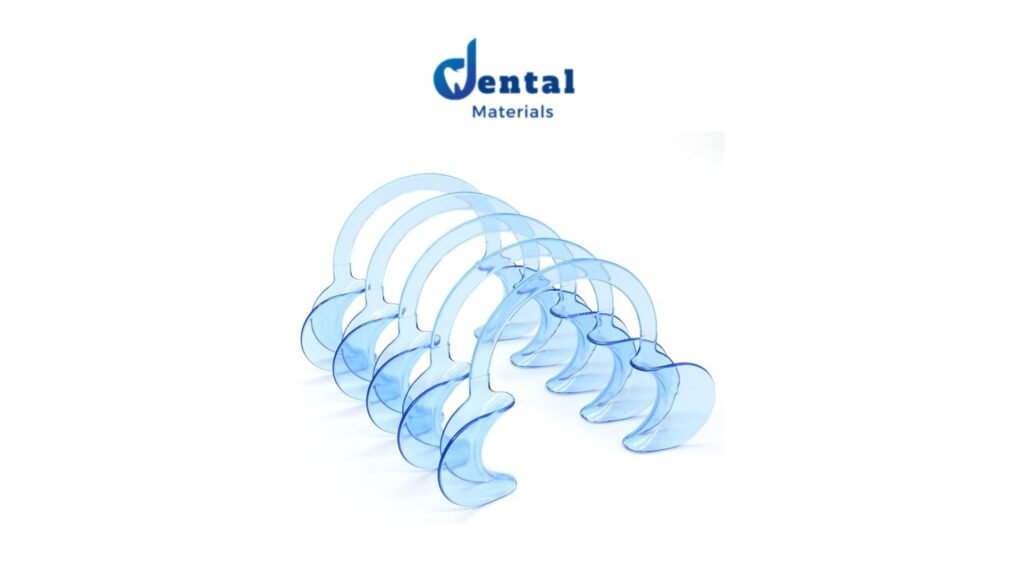If you have dental insurance, you may have come across the term UCR, which stands for Usual, Customary, and Reasonable. UCR determines the maximum amount your dental insurance provider will cover for a specific dental procedure. Understanding what UCR means and how it impacts your dental care expenses is crucial for making informed decisions about your dental health.
In this section, we will explain UCR in dental insurance in plain terms, and clarify how it relates to your dental coverage and costs. We will also discuss UCR dental insurance plans that you may opt for, and how they can help you save money on dental treatments.
So, what does UCR mean in dental insurance? Let’s explore this critical aspect of dental insurance in greater detail.
When your dental insurance provider talks about UCR cost for dental procedures, they are referring to the average fee most dentists in a particular geographic area typically charge for a specific dental treatment. UCR fee schedules are usually determined by taking into consideration the factors such as location, treatment complexity, and other relevant factors.
Don’t worry if this sounds confusing. In the next section, we will go deeper into understanding UCR in dental insurance and the associated concepts.
Keep reading to learn how UCR dental insurance plans work and how dental procedures are coded.
And with our help, you’ll be able to make sense of what your UCR dental plan entails, and how it can help you get the dental care you deserve.
Whether you’re seeking dental coverage for the first time, or you’re looking to switch dental insurance providers, understanding UCR in dental insurance is the key to making informed decisions that can help you save money without sacrificing your dental health.
Let’s get started.
Understanding UCR in Dental Insurance
To better comprehend UCR, it’s crucial first to understand what each of the Usual, Customary, and Reasonable components represents. Usual fee refers to the typical dental fee that dentist practices charge for a specific procedure in your geographic region, while customary fee relates to the fee that a majority of dentists in your area charge for a similar procedure. Reasonable fee involves considering other factors such as dentist’s credentials, experience, and the complex nature of the procedure.
The dental fee schedules are determined based on an average of Usual and Customary fees in your specific geographic region. This information is used by insurance providers to establish UCR fee schedules for various dental procedures. These fee schedules affect the amount of payout you receive for dental procedures done under UCR dental insurance. The coding system is used to determine the complexity of the procedure, and this alongside the geographic rating area heavily impacts UCR dental fee schedules.
It’s essential to have a clear understanding of UCR dental coding and fees to make informed decisions regarding dental procedures and coverage. Incorrectly coded procedures can result in rejection and errors, leading to unnecessary expenses.
UCR Dental Reimbursement and Coverage
When it comes to UCR dental insurance, understanding how reimbursement works is crucial. Insurance providers determine the rate of reimbursement based on your UCR fee schedule, which can vary depending on where you live and the type of dental service you receive. It’s important to note that reimbursement rates are not always 100% of the fee schedule, which means that you may be responsible for a portion of the dental bill.
UCR dental coverage is also a significant factor to consider. This coverage refers to the percentage of dental costs that your insurance company will cover. Typically, dental insurance plans have a coinsurance requirement, which means that you will be responsible for a percentage of the costs for each covered dental treatment. Often, this coinsurance requirement is tied to the UCR fee schedule, which further highlights the importance of understanding UCR in dental insurance.
By having a clear understanding of your UCR dental reimbursement and coverage, you can better plan for the costs associated with dental treatments. Additionally, knowing what dental procedures are covered under your UCR dental plan can help you make informed decisions about your oral health.
The Importance of UCR in Dental Insurance
Understanding UCR in dental insurance is crucial to accessing affordable dental care. UCR (Usual, Customary, and Reasonable) dental insurance plans help you avoid unexpected dental expenses by providing a clear outline of covered services and costs.
If you have a UCR dental plan, it’s important to familiarize yourself with the UCR dental procedure codes to ensure you have a clear understanding of your coverage. Knowing your coverage can help you save on dental expenses by allowing you to plan your dental treatments ahead of time in accordance with your budget.
UCR dental coverage can also provide you with peace of mind, knowing that your dental insurance provider has determined the reimbursement rate based on UCR fee schedules. This helps ensure that you are not overcharged for dental services.
When undergoing a dental procedure, it’s important to understand the UCR fee schedule dental insurance providers use to establish the cost of the procedure. This can help you avoid any unexpected expenses not covered by your UCR dental insurance plan.
In summary, the importance of UCR in dental insurance cannot be overstated. It provides you with a clear understanding of your coverage, helps you save on dental expenses, and ensures you are not overcharged for dental services. If you are considering a UCR dental plan, make sure to read the details carefully and consult with your dental insurance provider to ensure you have a clear understanding of your coverage.




